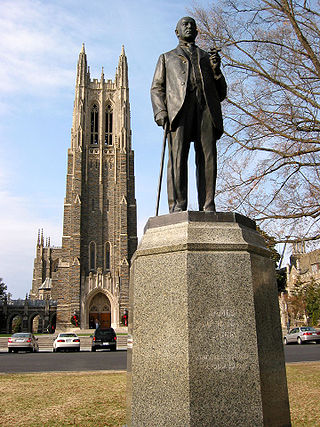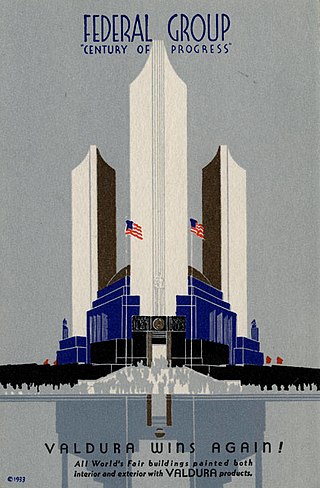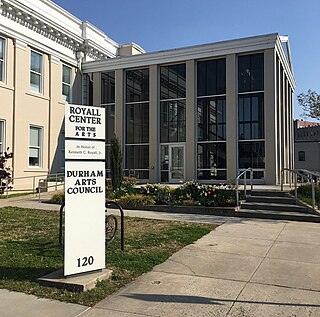
Frank Pierce Milburn (December 12, 1868 - September 21, 1926) was a prolific American architect of the late 19th and early 20th centuries. His practice was primarily focused on public buildings, particularly courthouses and legislative buildings, although he also designed railroad stations, commercial buildings, schools and residences. Milburn was a native of Bowling Green, Kentucky who practiced as an architect in Louisville from 1884 to 1889; Kenova, West Virginia 1890–1895; Charlotte, North Carolina; Columbia, South Carolina; and Washington, D.C. after 1904. From 1902 Milburn was architect for the Southern Railway. [1]
Contents
Milburn pioneered a new approach to the marketing of architectural services, publishing sponsored books of his work, placing advertisements in trade publications, entering competitions and moving his office to suit available opportunities. [2] This resulted in work in every Southern state.

Milburn was particularly successful in obtaining commissions for significant public buildings, ranging from county courthouses to state capitols. Milburn did significant work at the South Carolina State House and the old Florida State Capitol, and unsuccessfully competed for work on the Arkansas Capitol. [3]
In 1902, Milburn did design upgrade for the Florida State Capitol [4] and designed Columbia County Courthouse in Lake City, Florida. That same year he also designed the Blanche Hotel across the street from the courthouse.






















































